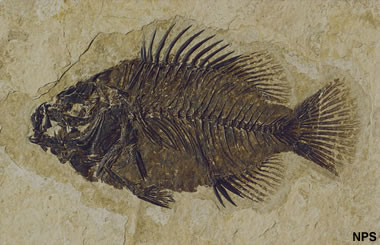
Cockerellites liops (formerly Priscacara liops) occurs in at least one mass-mortality layer, indicating it was a schooling fish. It closely resembles a modern sunfish. National Park Service photo. Enlarge image.
Introduction
The Green River Formation of Colorado, Utah, and Wyoming is one of the world's best locations for finding fossil fish. These Eocene fossils were preserved in intermountain lake basins while the Rocky Mountains were still growing! Photos by the National Park Service - Fossil Butte National Monument.
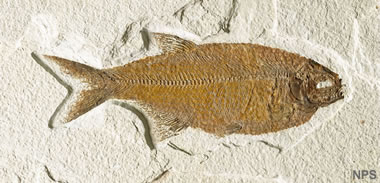
Mooneye: Mooneyes are scarce in the Green River Formation. Like its modern relatives, it probably preferred river and stream environments and occasionally wandered into Fossil Lake. National Park Service photo. Enlarge image.
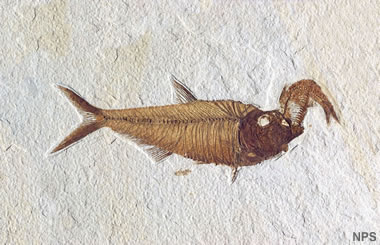
Diplomystus: This fossil fish was not found in a mass-mortality layer (beds that contain hundreds of fish on one surface), which suggests that it did not die in a catastrophe. It most likely died from starvation or suffocation because it could not spit out the Knightia. (Diplomystus is approximately 17 cm long.) National Park Service photo. Enlarge image.
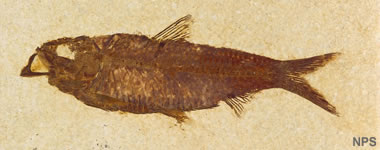
Knightia eocaena is perhaps the most common complete vertebrate fossil in the world. It is Wyoming's state fossil. National Park Service photo. Enlarge image.
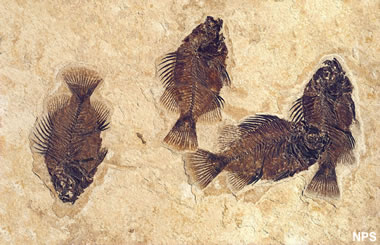
School of Cockerellites liops: Mass mortalities suggest that Cockerellites liops (formerly Priscacara liops) was a schooling fish. National Park Service photo. Enlarge image.
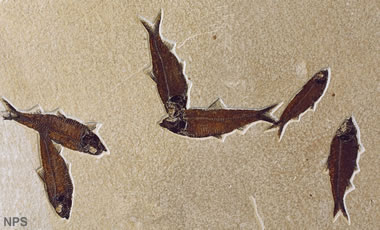
School of Knightia eocaena: Knightia eocaena was a schooling fish. This specimen is from the sandwich beds, where several mortality beds of adult fish are found. National Park Service photo. Enlarge image.
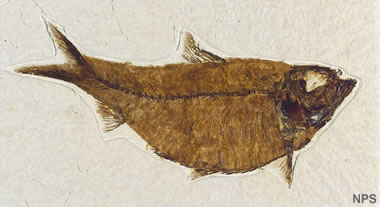
Knightia alta: In Fossil Lake, the deep-bodied Knightia alta is less common than Knightia eocaena. National Park Service photo. Enlarge image.
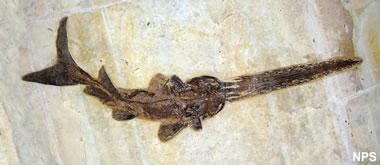
Crossopholis: Unlike its filter-feeding modern North American relative, Crossopholis was a predatory fish. National Park Service photo. Enlarge image.
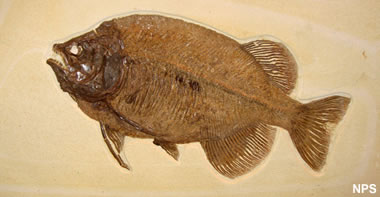
Phareodus encaustus: Large teeth and rear-placed fins make Phareodus encaustus well suited for catching and eating other fish. National Park Service photo. Enlarge image.
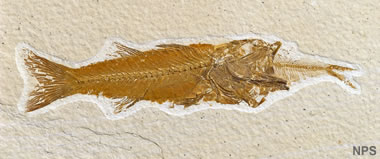
Mioplosus labracoides: The mouth of Mioplosus, an extinct perch-like fish, was lined with numerous tiny sharp teeth. This aided in grasping prey, but also prevented them from expelling fish too big to ingest. National Park Service photo. Enlarge image.
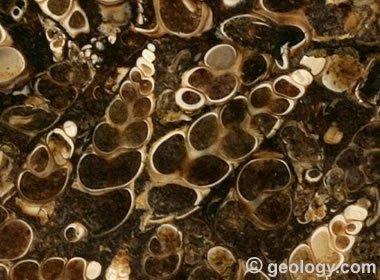
Turritella Agate: The Green River Formation is also the source of a fossil gem material known as Turritella Agate. It contains fossil gastropod shells.
| More Fossils |
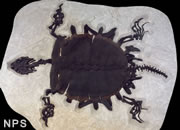 |
Animal Fossils |
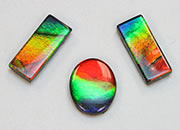 |
Ammolite |
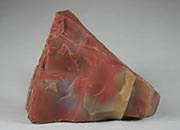 |
Petrified Wood |
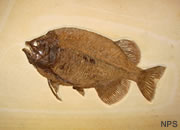 |
Fossil Fish |
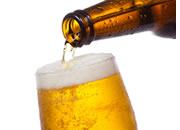 |
Fossils and Beer |
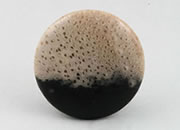 |
Petrified Palm |
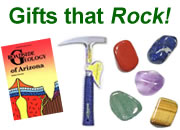 |
Gifts That Rock |
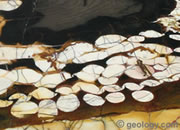 |
Peanut Wood |

Find Other Topics on Geology.com:
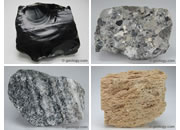
|
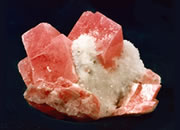
| ||
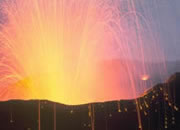
|
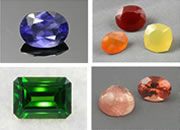
| ||
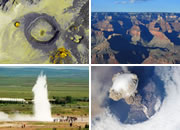
|
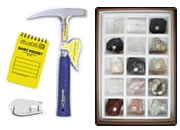
| ||

|
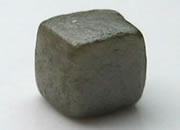
|
